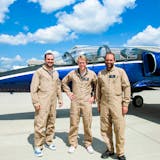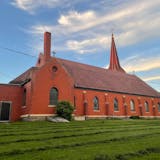The Twins organization is trying to increase fan safety at Target Field.
The trick is doing it without compromising experience and entertainment.
Workers began installing nets Tuesday extending to the far end of both dugouts at the 6-year-old ballpark. The nets reach 7 feet above the top of the dugout, and Matt Hoy, the Twins' senior vice president, estimates they will cover fans more than 100 feet from home plate.
The Twins made the decision after Major League Baseball recommended in November that each stadium have some form of protective barrier for fans between the near ends of each dugout and within 70 feet of home plate.
Seats at Target Field are closer to the action than any venue in the league (the closest one is only 59 feet from home plate), but the field's netting system already met MLB's recommendation.
Regardless, club officials decided to go a step further, and teams including the Rangers, Royals and Nationals have followed the Twins' lead.
"We just felt like now that we've had all this discussion, we've thought about it, if we don't do it … If somebody got hurt or got killed, we'd carry that for the rest of our lives, and we're not going to do that," Hoy said.
In June, a Red Sox fan spent seven days in the hospital after a broken bat struck her in the head at Fenway Park. In 2015, Bloomberg News estimated 1,750 are injured each year at major league parks.


